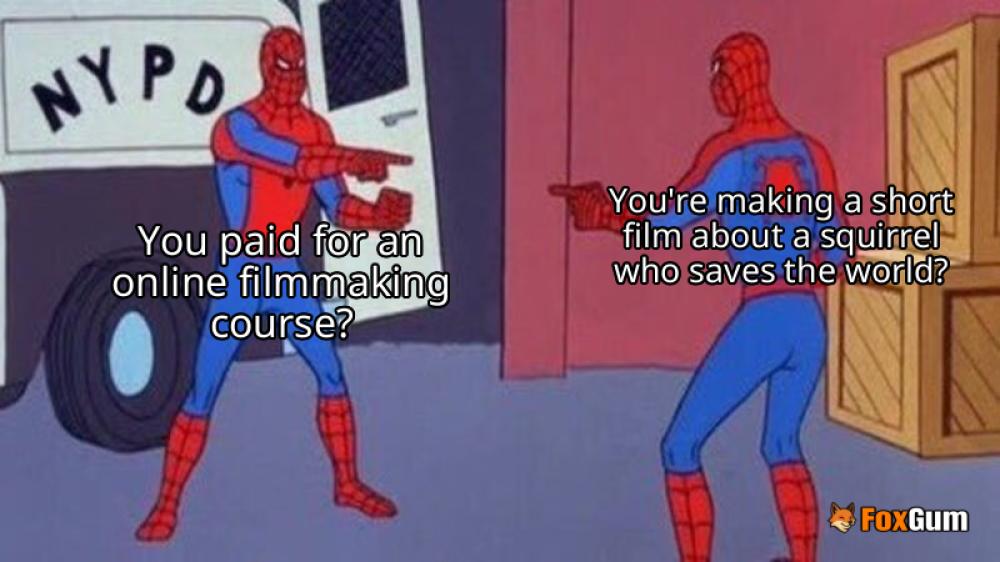
The Splat Pack
The term "Splat Pack" refers to a collective of filmmakers who emerged in the early 2000s, known for their distinctive approach to horror cinema. This group includes notable directors such as Eli Roth, James Wan, Rob Zombie, and Neil Marshall, among others. They are recognized for their contributions to the genre, particularly through films characterized by low budgets and a penchant for extreme violence. The Splat Pack has played a significant role in shaping modern horror, revitalizing interest in the genre and influencing subsequent filmmakers.
Origins and Evolution
The Splat Pack phenomenon began around 2002, coinciding with the release of influential films such as Cabin Fever and Dog Soldiers. These films marked a departure from the more restrained horror of the 1990s, embracing graphic violence and a raw aesthetic that appealed to a new generation of horror enthusiasts. The term was coined by Alan Jones, a film critic, who noted the shared characteristics of these filmmakers and their works.
Key Members of the Splat Pack
Several directors are central to the Splat Pack, each contributing unique elements to the horror landscape:
- Eli Roth: Known for films like Hostel and Cabin Fever, Roth's work often explores themes of torture and survival, pushing the boundaries of gore.
- James Wan: A pioneer of the modern horror revival, Wan is celebrated for his work on Insidious and The Conjuring series, which blend supernatural elements with psychological tension.
- Rob Zombie: With a background in music, Zombie's films, such as House of 1000 Corpses and The Devil's Rejects, are known for their stylistic flair and homage to classic horror.
- Neil Marshall: His film The Descent is often cited as a modern classic, combining claustrophobic horror with strong character development.
Impact on Horror Cinema
The Splat Pack has significantly influenced the horror genre, particularly in how violence is portrayed on screen. Their films often feature graphic depictions of gore, which serve not only as shock value but also as a means to explore deeper themes such as fear, survival, and the human condition. This approach has led to a resurgence of interest in horror films that challenge audiences and provoke thought.
Moreover, the Splat Pack has inspired a new wave of independent filmmakers who seek to emulate their success. The emphasis on low-budget productions has opened doors for many aspiring directors, allowing for greater creativity and experimentation within the genre.
Criticism and Controversy
Despite their popularity, the Splat Pack has not been without criticism. Some detractors argue that the focus on extreme violence detracts from storytelling and character development. Critics often point to the potential desensitization of audiences to graphic content, raising ethical questions about the portrayal of violence in media.
Furthermore, the Splat Pack's films have sparked debates regarding the representation of women and marginalized groups in horror. While some filmmakers strive to create strong female characters, others have been criticized for perpetuating stereotypes and tropes that can be harmful.
The Future of the Splat Pack
As the horror genre continues to evolve, the legacy of the Splat Pack remains influential. New filmmakers are drawing inspiration from their work, while also seeking to address the criticisms that have emerged over the years. The balance between innovation and responsibility in horror storytelling is a topic of ongoing discussion among filmmakers and audiences alike.
In conclusion, the Splat Pack represents a pivotal moment in horror cinema, characterized by a bold approach to storytelling and a willingness to confront the darker aspects of human nature. Their contributions have not only shaped the genre but have also paved the way for future generations of filmmakers to explore the boundaries of horror.

















 Who is Sandra Bullock?
Who is Sandra Bullock? 
 Health
Health  Fitness
Fitness  Lifestyle
Lifestyle  Tech
Tech  Travel
Travel  Food
Food  Education
Education  Parenting
Parenting  Career & Work
Career & Work  Hobbies
Hobbies  Wellness
Wellness  Beauty
Beauty  Cars
Cars  Art
Art  Science
Science  Culture
Culture  Books
Books  Music
Music  Movies
Movies  Gaming
Gaming  Sports
Sports  Nature
Nature  Home & Garden
Home & Garden  Business & Finance
Business & Finance  Relationships
Relationships  Pets
Pets  Shopping
Shopping  Mindset & Inspiration
Mindset & Inspiration  Environment
Environment  Gadgets
Gadgets  Politics
Politics 